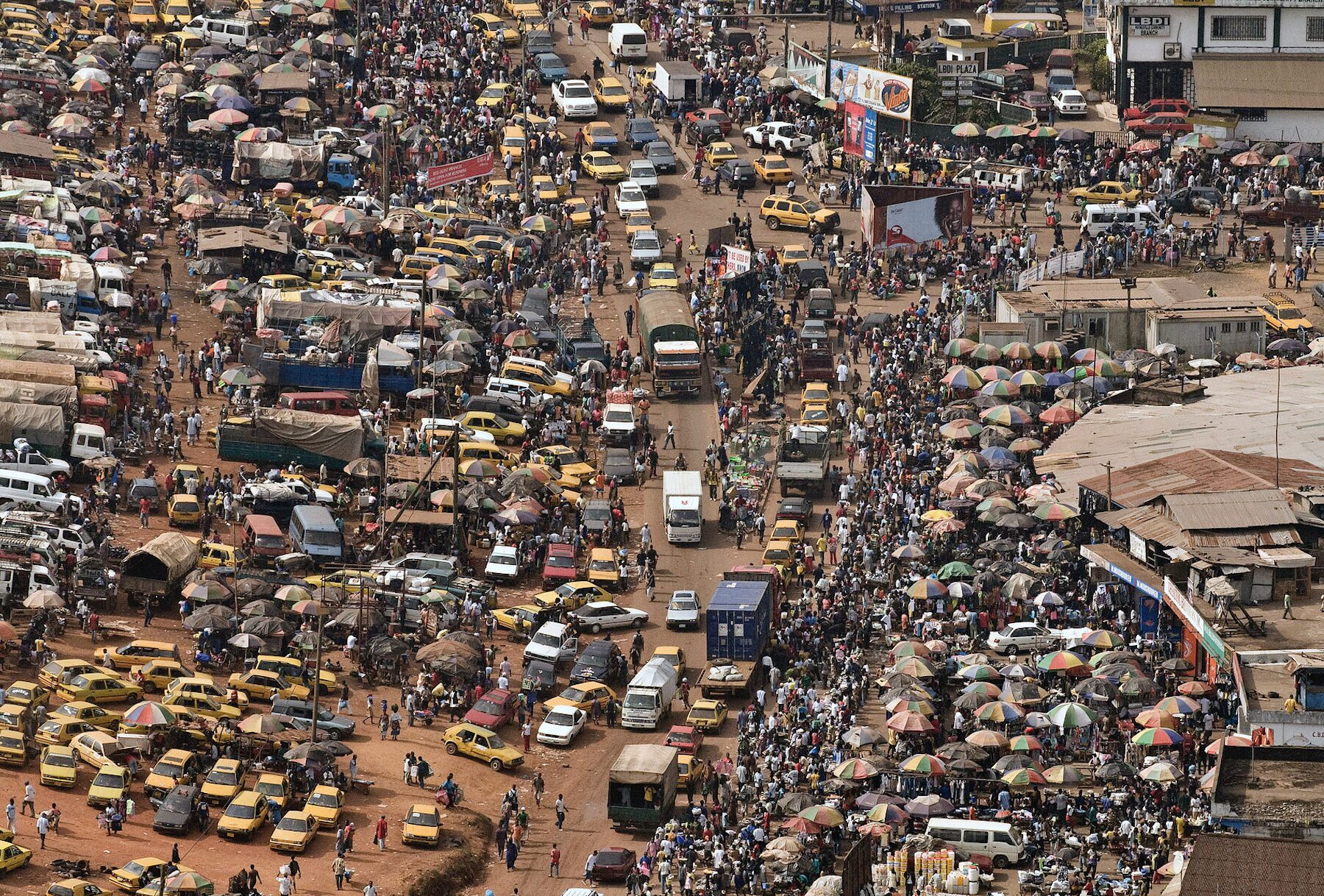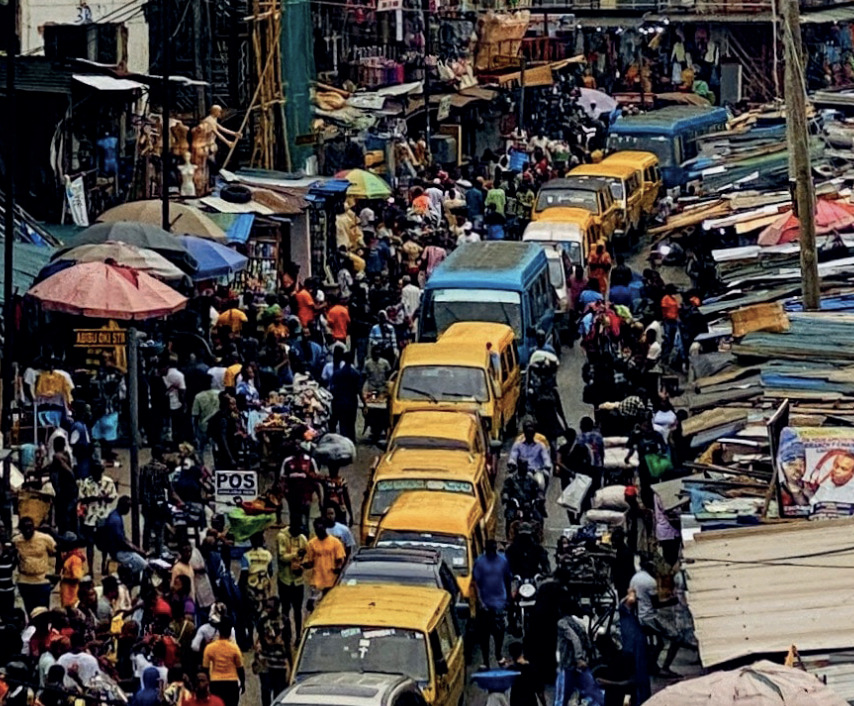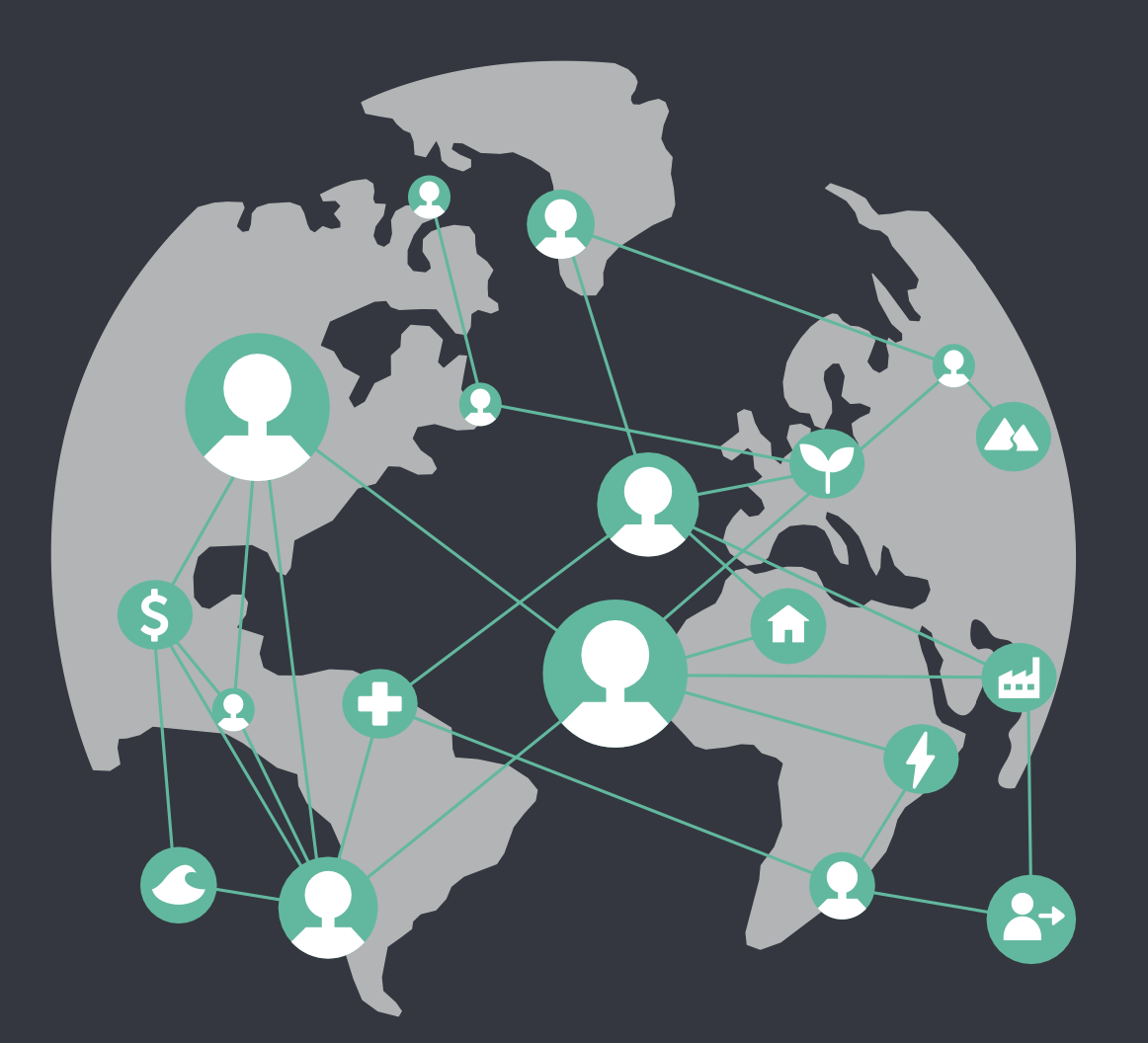From Policy to Action: Strengthening Global Efforts to Tackle Transboundary Climate Risks

Authors: María del Pilar Bueno Rubial, Emilie Beauchamp
Introduction
People and places worldwide are facing increasing climate shocks, threatening livelihoods, biodiversity, and wellbeing. While countries are working to adapt to climate change, these efforts often remain within national borders. Yet, climate risks are rarely contained within borders – they are transboundary and cascading, spreading through biophysical, trade, financial and human mobility pathways.
The need to address transboundary climate risks (TCRs) and to adapt accordingly has gained prominence in global policy discussions. The UAE Framework for Global Climate Resilience (UAE FGCR) agreed at COP28 emphasizes the importance of tracking, assessing and reporting TCRs to accelerate progress towards the Global Goal on Adaptation (GGA). It was also highlighted as an important component to scale up adaptation ambition in the outcomes of the Global Stocktake (GST). This underscores the call for countries to better integrate, report on and address TCRs into adaptation efforts, such as National Adaptation Plans (NAP) and the adaptation section of the Biennial Transparency Reports and Nationally Determined Contributions (NDCs).
But how do we translate these discussions into actionable steps? This blog highlights the growing recognition of TCRs in global discussions under the UNFCCC and presents how countries can better integrate these risks into adaptation policy, programming and finance.
1. Enhanced recognition of TCRs in global, national and regional discussions
During the 2022-2023 Glasgow-Sharm el-Sheikh Work Programme on the GGA , most of the negotiating groups and some countries (ABU, AGN, AILAC, AOSIS, Canada, EU, LDC, UK and Russian Federation) highlighted the need to address TCRs and their impacts as part of programme outcomes. Observers also emphasized the importance of assessing TCRs in shared basins (UNECE) and of setting targets and indicators (UNU-EHS, UN Foundation). They also highlighted the need to accelerate transformative adaptation by recognizing the transboundary and multi-temporal impact of climate change (IUCN).
The recent adoption of the UAE FGCR at COP28, including 11 new targets of the GGA by 2030, marked a major milestone. For the first time, the countries acknowledged that climate impacts are transboundary in nature and may involve complex, cascading risks, emphasizing the need for collective consideration, cooperation, and knowledge sharing (Paragraph 18, Decision 2/CMA.5). This recognition paves the way for operationalizing the UAE FGCR , including the work under the UAE-Belém Work Programme for the development of indicators that will be concluded by COP30.
The conclusions of the first GST at COP28 further acknowledged these cross-border risks, underscoring the role of international cooperation in addressing and meeting the Paris Agreement’s goals [1]. This has been reflected in 2024 Party submissions in the context of the UAE-Belém Work Programme, such as AOSIS´s reference to transboundary cooperation in the context of SDG 6 and the UK´s mainstreaming of adaptation across systems and sectors, and at different levels.
The sixtieth meeting of the UNFCCC subsidiary bodies (SB60) in Bonn last June also presented a new opportunity to address these risks – especially in the context of operationalizing the GGA’s new targets and creating indicators, including the invitation to experts to support the technical work, the organization of workshops and the elaboration of reports [2]. At the same time, the assessment of progress on NAPs also provides a key moment to cement the importance of TCRs into adaptation processes.
2. Advancing transboundary climate risks in UNFCCC discussions
Countries should continue to recognize and integrate TCRs in adaptation discussions at COP29, particularly in relation to the GGA and in the assessment of progress on NAPs. Beyond global dialogues, it’s crucial to embed TCRs within national and regional planning processes, including all the stages of the adaptation iterative cycle.
Implications for the UNFCCC process
A) Work under the UAE-Belem work programme. The two-year UAE-Bélem work programme provides a window for countries, organizations and adaptation experts to identify and define indicators against the 11 established targets. With the work of experts starting only recently, the second workshop of the work programme to be held next week will consider a first compilation of close to 5000 indicators across all targets, while noting the Adaptation Committee’s additional mapping of indicators reported by Parties in their national reports and communications. Though progress has been slow, the work programme gives the opportunity to emphasize key aspects of the targets, such as gender equality and social inclusion and TCR considerations. With other activities and the outputs of the work programme to be discussed at COP29, this is an opportunity to better track and understand the complex and cascading risks that occur at the regional level, improving reporting and collective assessment for the next GST.
B) Assessment of progress to formulate and implement NAPs. At SB60, countries agreed that in SB61 in Baku [3] they would continue to assess progress to formulate and implement NAPs. This means there is still room to assess how countries are already including TCRs in their NAPs. There is also an opportunity for countries to increase the visibility of TCRs in the outcomes of the assessment of NAPs, echoing the UAE FGRC and the GST outcomes’ emphasis of their importance. With countries revising their NDCs in 2025, they should equally seek to update their NAP processes, based on the evidence from the NAP assessment, the first GST and of course from their Biennial Transparency Reports to be submitted by the end of this year.
C) Revisions of adaptation-related documents guidelines. The COP28 decision establishing the UAE FGCR also requested the Least Developed Country Expert Group to review their 2012 Technical guidelines for the NAP process in line with the content Framework. This provides an important entry point to consolidate the approach for countries to better address TCRs – also leveraging the evidence for the NAP assessment and the 2024 BTRs. Given that the guidance and guidelines of the Adaptation Communications and Biennial Transparency Reports will be revised respectively in 2025 and 2028, the inclusion of TCRs in the review of these guidelines better communicate and report on TCRs in a context of overlapping vehicles and timelines.
Implications for national discussions
Global discussions provide a push for countries to drive and implement adaptation action at national and sub-national levels. Moving forward, countries should:
- Expand TCR integration in NAP processes. Although countries are already working to integrate TCRs in NAP processes, the majority fail to identify concrete and assigned measures to address these and stop short of considering more complex risks. For example, several countries including Brazil, Paraguay, South Sudan, and Suriname have considered climate-driven changes and risks related to shared ecosystems and natural resources in their NAPs, but TCRs transmitted through supply chains and financial systems are often overlooked. At the regional level, the African Union has also highlighted the importance of addressing TCRs in order to increase resilience. Similarly, the ASEAN places the ‘assessment of TCRs and actions’ as one of the priorities for enhancing adaptation by 2030.
- Strengthen national Monitoring, Evaluation and Learning (MEL) systems to capture TCRs.Countries have often lacked the capacity to develop MEL systems, resulting in a slower progress in comparison with other stages of the NAP process. The UAE FGCR’s focus on MEL should encourage countries to prioritize MEL as a core adaptation action, not an afterthought. Strengthening national and subnational MEL systems will be necessary for assessing collective progress under the GGA through the UAE FGCR. As such, embedding TCR considerations across each dimension of the adaptation cycle and the seven thematic targets of the UAE FGRC will help countries track how NAP processes address key cross-border risks. TCRs should be integrated into impact, vulnerability and risk assessments, as well as national MEL systems, to evaluate whether NAP processes are indeed reducing identified vulnerabilities and risks.
- Reporting on TCRs. In the same vein, countries should also leverage adaptation-related documents under the UNFCCC and the Paris Agreement to track and report on TCRs. Countries can identify and report on risks without having complex MEL systems established, reporting on progress in a “learning by doing” approach. For example, they can report on TCRs in the adaptation section of their Biennial Transparency Reports, which are due at the end of 2024. They can also use Adaptation Communications, National Communications, and other national progress reports to highlight how they are identifying and responding to TCRs. Reporting on adaptation plans, actions and results is especially critical so that efforts to address TCRs are recognized and scaled up in the frame of the second GST assessment starting in 2026.
Concluding remarks on TCRs and adaptation finance
Recognizing the importance of TCRs in global, national and subnational policies is crucial to securing the necessary finance for addressing them. Without this, adaptation efforts could fall through the gaps of sovereign boundaries.
Integrating TCR into adaptation strategies helps countries and regions build resilience and reduce their vulnerability which is the ultimate goal of the GGA. In order to support developing countries and promote regional collaborations on TCRs, adaptation finance must explicitly account for TCRs in local, national and local projects. Although explicit mentions of TCRs are not expected in the discussions on the New Collective Quantifiable Goal on Climate Finance at COP29, the potential creation of an adaptation finance subgoal will be an important step to support developing countries with adaptation-specific modalities and foster collaboration on TCRs across scales.
[1] Decisions 1/CMA.5 on the Global Stocktake and 2/CMA.5 on the UAE Framework on Global Climate Resilience. https://unfccc.int/documents/637073
[2] Matters relating to the global goal on adaptation. Draft conclusions proposed by the Chairs. FCCC/SB/2024/L.6 https://unfccc.int/documents/638839
[3] National adaptation plans. Draft conclusions proposed by the Chair. FCCC/SBI/2024/L.8. At https://unfccc.int/documents/638846





Comments
There is no contentYou must be logged in to reply.